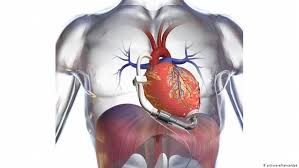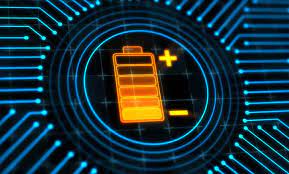German researchers are using a wireless heart radar system that can detect strokes or heart attacks early on.
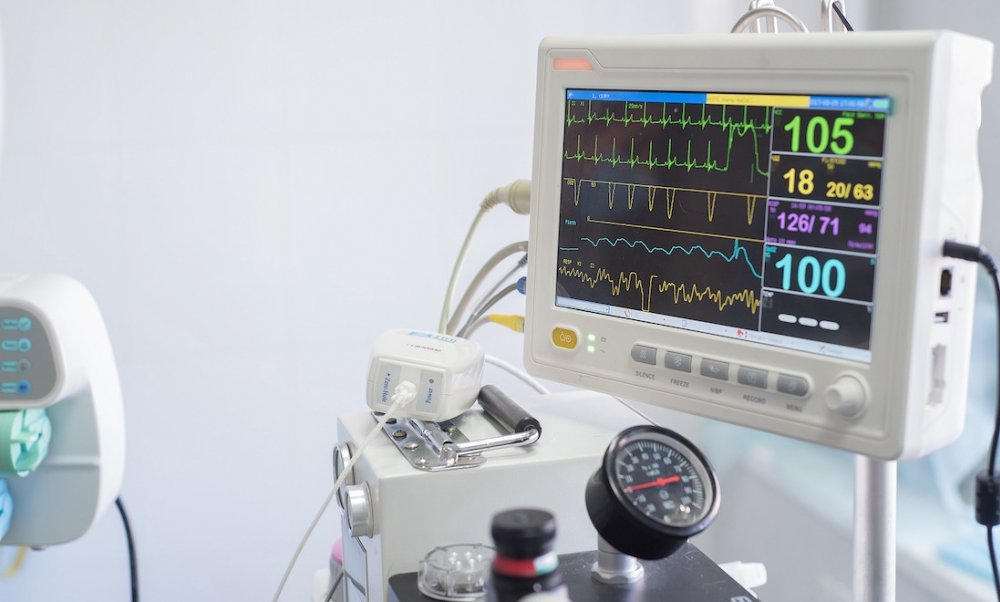
Written content from Alexander Freund
The idea of Professor Alexander Kölpin from the Technical University of Hamburg impresses with its simplicity: If radar can be used to locate ships, calculate flight altitudes and catch speeders on the highway, then surely this contactless technology can also be put to good use in medicine. “Radio sensors have great potential for making medical examinations more convenient, safer and more efficient,” says Kölpin.
Although, for example, the idea of using radar to locate people who have been buried alive by detecting their breathing and heartbeat is not new, Kölpin and his research team are the first in Europe to develop radar systems for medical use and to have clinical patient tests to show for it.
At the Institute of High Frequency Technology, the team has developed highly sensitive sensor systems for the medical monitoring of patients. With the new radar technology, both heartbeat and respiration can be analyzed continuously.
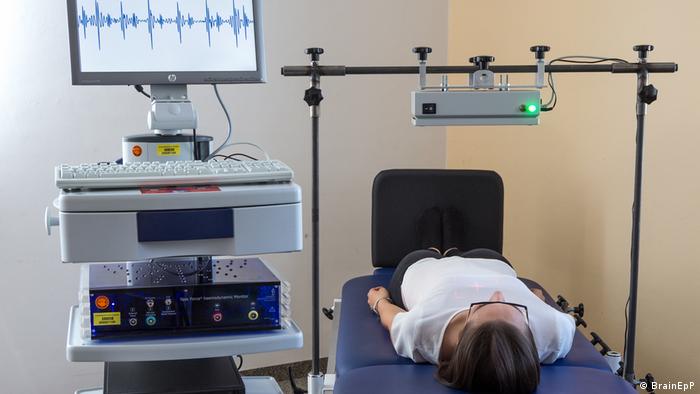
Determining body values wirelessly
With the classic electrocardiogram (ECG), the heartbeat is determined with the help of electrodes and cables that connect patients to measuring devices. With radar technology, monitoring is contactless and remote.
In this trial, the radar box is above the patient, but heartbeat and breathing can also be monitored if it is unter the bed
The radar sensor developed by Kölpin can detect heart and respiration rates through clothing, bed covers and even mattresses, and transmit them to the monitoring devices. “Our sensors emit electromagnetic waves that are reflected by the body. It works something like this: The blood pumped out by the heart travels along the vessels in the form of a pulse wave, which manifests as a vibration on the surface of the body. We can measure this with the sensors and determine many medical aspects of the cardiovascular system from it,” Kölpin says.
Highly sensitive measurement of the pulse
The inconspicuous little box hangs under the bed. When the heart pumps blood through the veins, the surface of the skin rises minimally; this is what allows us to measure our pulse beat by placing a finger on our wrist, for example.
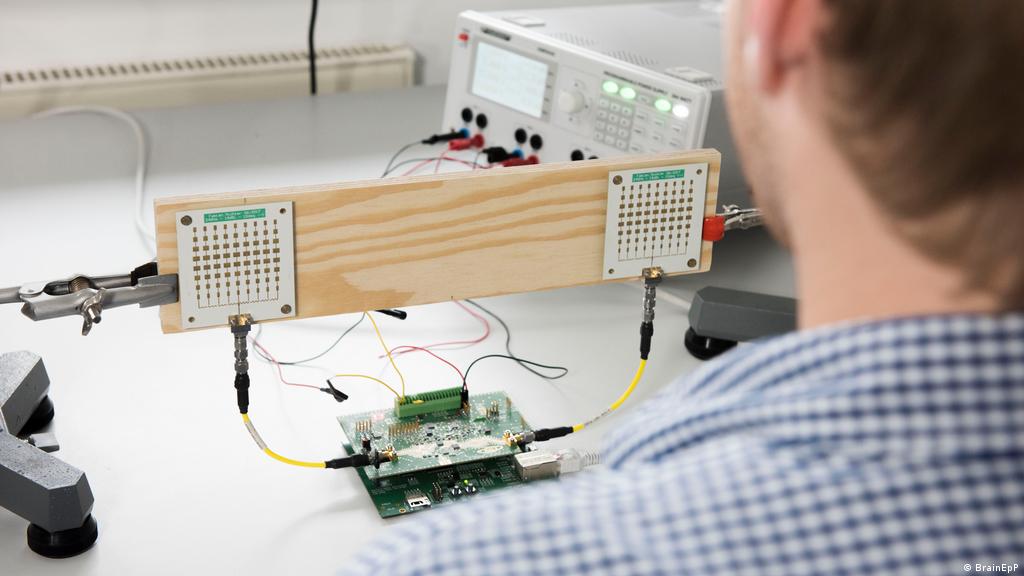
The radar has two antennas to receive the signals reflected by the human body
The new radar device can detect and analyze this minimal elevation of the skin surface. The sensors are so precise that they can accurately measure heart rate, cardiac stress and pulse wave velocity, which can be used to detect hardening of the arteries and thus the risk of stroke.
If the heart stops beating regularly or there are rhythm disturbances, the new device sounds the alarm. This means that lifesaving measures can be initiated much earlier.
Detecting epilepsy in newborns
For now, the research project is focusing on the medical monitoring of premature and newborn infants. “We are concentrating primarily on epileptic seizures. Undetected epilepsy is thought to be responsible for up to 20% of all sudden infant deaths. The problem is that these fits often go undiagnosed in infants because they don’t yet have any motor seizures,” Kölpin says.
Infants can now be monitored without the need to attach sensors to them as with traditional ECGs
By using the sensors to measure remotely, the children are monitored continuously and without their suffering any restrictions. A fit can thus be detected and treated in time. By using the sensors to measure remotely, the children are monitored continuously and without their suffering any restrictions. A fit can thus be detected and treated in time.
Also useful for COVID-19 patients
It is also advantageous to use this technology in the current coronavirus pandemic, Kölpin says. “In conjunction with the cardiovascular and respiratory activity, we can also remotely measure the temperature. This means that important parameters for assessing someone’s state of health in connection with a possible coronavirus infection can be tested,” Kölpin says.
The method allows the examination of people who are infected without any need for contact, which also reduces the risk of infection for medical personnel, he says.
Predicting death four days in advance
So far, the newly developed heart radar has only been used in the palliative care ward at the Women’s Hospital in the Bavarian city of Erlangen. Anyone staying in this ward is terminally ill and will die soon. The new heart radar can determine when that time will come about four days in advance. Read more from DW

